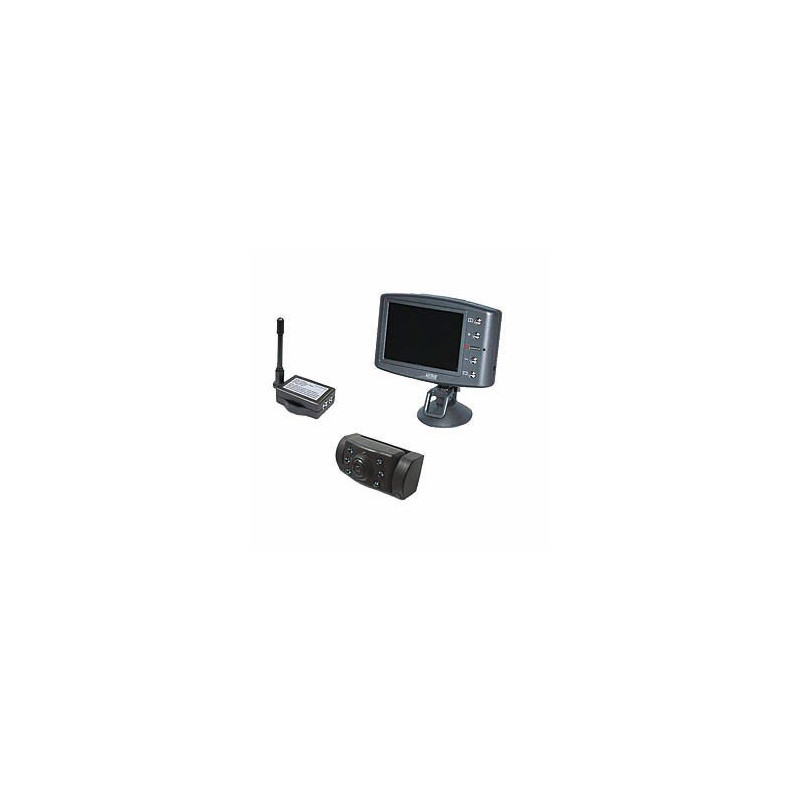

These devices do not represent themselves as a plug and play webcam as the Magewell devices do, they require installation of their Blackmagic Desktop Video software. The primary advantage is a lower price point than the Magewell device, but with performance drawbacks. Also includes a loop output for local monitoring but that image cannot be flipped. 1080p60 capability, USB 3.0 required.īlackMagic Design makes a number of capture devices as well. Device can be configured to left-right flip the USB-captured image. This adds reliability and flexibility which is especially helpful when broadcasting live video on platforms like Skype, Zoom, etc.
#VIDEO CAPTUR HARDWARE DRIVER#
This device is very stable and represents the video stream as a plug-and-play USB webcam so additional driver or software installation isn't necessary. We hands-down recommend the Magewell USB Capture HDMI Plus. To accomplish this, you need to use a video capture device or card. We recommend the following devices for capturing live video/audio streams from your camera onto a computer, typically via HDMI cable: Capture Devices-Our Recommendation This may be to to live-stream their presentation to a local or distant audience, eliminate file movement from their workflow, or to overlay external images with a video production software. Normal HDMI ports on a computer are for output signals only and cannot accept an incoming signal. Some users need a way to send a live signal to a computer.


After recording, the video file can be transferred to a computer where a video editing software can be used to remove undesired sections, horizontally flip/mirror the video image, and more if desired. First, recording can be done directly to a camera's internal media, often an SD card.
#VIDEO CAPTUR HARDWARE FULL#
Therefore, it is preferable to use high-quality professional hardware capture cards capable of digitizing video streams even in Full HD quality.Video can be recorded in a variety of ways. In video conferencing it is very important for a signal from the camera to be transmitted and digitized without any delay and in real time. This type of card is much cheaper than the first and performs conversion by using the CPU’s capabilities. Most of them are equipped with a TV receiver. Capture cards without hardware video compression.It is possible to relieve a computer’s CPU by using hardware compression cards. Such cards are the most expensive, because they can quickly digitize video data without using the CPU. They digitize analog video and compress it into formats such as DV and MPEG-2 “on the fly”. Capture cards with hardware video compression.To digitize an image, a capture card has to be connected both to a computer and a camera in order to transfer the signal. It will serve as an interface between the devices.
#VIDEO CAPTUR HARDWARE PC#
If the PC does not have an HDMI-input (do not confuse with HDMI-output), it is necessary to connect the camera to a capture card in order to convert analog signal into digital (or vice versa). Such devices make it possible not only to convert analog video signals to digital, but vice versa too. Modern capture cards often use several algorithms for video compression at once. Capture card or digitizing card is a device that is capable of digitizing video signals through certain interfaces (e.g., HDMI, USB, S-Video, or other analog input) and storing the results on a computer using various compression algorithms (typically MPEG1, MPEG2 or MPEG4).


 0 kommentar(er)
0 kommentar(er)
